No products in the cart.
Return To ShopOf Frida, and Roosterfish.
A Parallel of Frida Kahlo, and Fly Fishing For Roosterfish.
A Client and I were eating phenomenal tacos in a restaurant in Cabo, reminiscing about the fish that were caught, lying about the fish that were not, and waiting for his plane. I noticed the vivid, almost hypnotizing oil-on-canvas portrait of a Mexican woman with a Bert-and-Erny-looking uni-brow. It was strangely inviting. She had an odd smile, not unlike the Mona Lisa, but with more malice. The type of malice that a child has that grew up too fast. Then I spotted another, same expression, same stance, different background, different outfit. Then another, “holy shit,” I thought, “these people are fascinated with this artist.” Why? So I hit a GOOGLE search right there in the restaurant. (It was worth a GOOGLE)!
Mexico has long been known for its vibrant art scene,
but perhaps no artist is more beloved or celebrated than Frida Kahlo. Her bold and colorful paintings, often depicting her life and experiences, have captured people’s hearts worldwide. But what about Frida has made her such an enduring cultural icon in Mexico? And what is its connection to the world of fly fishing for roosterfish?
To begin with, it’s worth noting that Frida Kahlo’s life was itself a work of art. Born in 1907 in Mexico City, she grew up in a turbulent time in Mexican history, marked by revolution and political upheaval. She was just eighteen when she was involved in a severe bus accident that left her with lifelong injuries and chronic pain. While recovering from the accident, she began to paint, using a special easel that could be adjusted to accommodate her bedridden position.
Despite her physical challenges, Frida was a force to be reckoned with. Her paintings were unapologetically feminist, often featuring self-portraits that smashed traditional notions of beauty and femininity. She was also unafraid to tackle controversial political topics, such as the oppression of indigenous peoples in Mexico and the injustices faced by workers and peasants.
Frida’s art was deeply personal, reflecting her own experiences and struggles. Many of her paintings depict her physical pain and the emotional turmoil accompanying it. Others explore her complex relationships with her husband, the famed Mexican muralist Diego Rivera, and her sexuality and gender identity. But while Frida’s art may have been intensely personal, it resonated with a broader audience. Her vivid colors and bold imagery drew people in, while her honesty and vulnerability kept them engaged. Her work spoke to the experiences of women and marginalized communities worldwide, making her an international feminist icon.
The Connection?
The most apparent connection between Frida and the roosterfish is its honesty. Frida never was untruthful about who she was, and what she wanted. This type of boldness is abundant in roosterfish. The next is the strange beauty. Pictures of both have rich flare, dramatic colors, vivid contrasts, and usually a lot of under-toned drama. Even just trying to fool these intelligent creatures. One must be cunning, talented, and athletic. They must understand the timing of everything, then be able to deliver the coup da grace of a cast and rip that fly faster than possible when they start. When fighting a roosterfish, I think of what it would be like to have Frida as an oppositional force. What it must have been like to have her against you. Roosterfish fight with everything that they have. When you release them, revive them adequately because they will not give up until they are completely done.
Today, Frida Kahlo’s legacy can be seen all over Mexico. Her face graces everything from t-shirts to coffee mugs to street art murals. Her home, the Casa Azul in Mexico City, has been turned into a museum showcasing her art and personal effects. And every year, on the anniversary of her birth, people around the world celebrate her life and work.
But what does this have to do with fly fishing for roosterfish? On the surface, not much. But dig a little deeper, and some interesting connections can be made.
Both Frida’s art and fly fishing requires a certain amount of patience and dedication. Frida famously said that she painted her reality, and that’s something that takes time and effort. Similarly, fly fishing for roosterfish requires much time on the water, waiting for the right moment to cast your line and hook a fish.But there’s also a deeper connection between the two. Frida’s art and fly fishing offer a way to connect with something larger than ourselves. For Frida, that might have been her Mexican heritage, her feminist ideals, or her struggles. For fly fishers, it might be nature’s beauty, the catch’s thrill, or the camaraderie that comes from sharing a passion with others.
And just as Frida’s art has inspired generations of artists and activists, so too can fly fishing inspire people to appreciate and protect the natural world. Roosterfish, a species found in the waters off Mexico’s Baja California and Central America’s Pacific Shores, are a prized fly-fisher catch. But they’re also vulnerable, threatened by overfishing and habitat destruction. By practicing catch-and-release fishing and advocating for conservation efforts, fly fishers can help ensure that future generations can enjoy these magnificent fish.
Well that is all of the incoherent ramblings from me this week, thanks for your time. And whatever you do, Stay Salty Amigos!
Donnie Price
E; Gallo Fly Fishing Lodge
Related posts
Fly Fishing for roosterfish is not an easy endeavor, but it is well worth it, this is why! Continue reading
What would the World of Fly Fishing Look Like if Elon Musk Was a Fly Fisher???!!! I know that he would love roosterfish on the... Continue reading
The full story of our Jungle Tarpon Fly Fishing adventure of 2023 Continue reading
Roosterfish fishing in Baja, California has long been revered as an exhilarating pursuit that tests the skills and patience of anglers. While fly fishing purists... Continue reading
The season is upon us! There are plenty of roosters around, but this last week proved less opportunity than most. Still plenty of fish, and... Continue reading
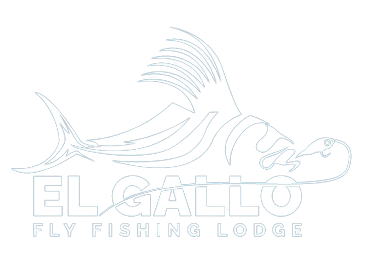
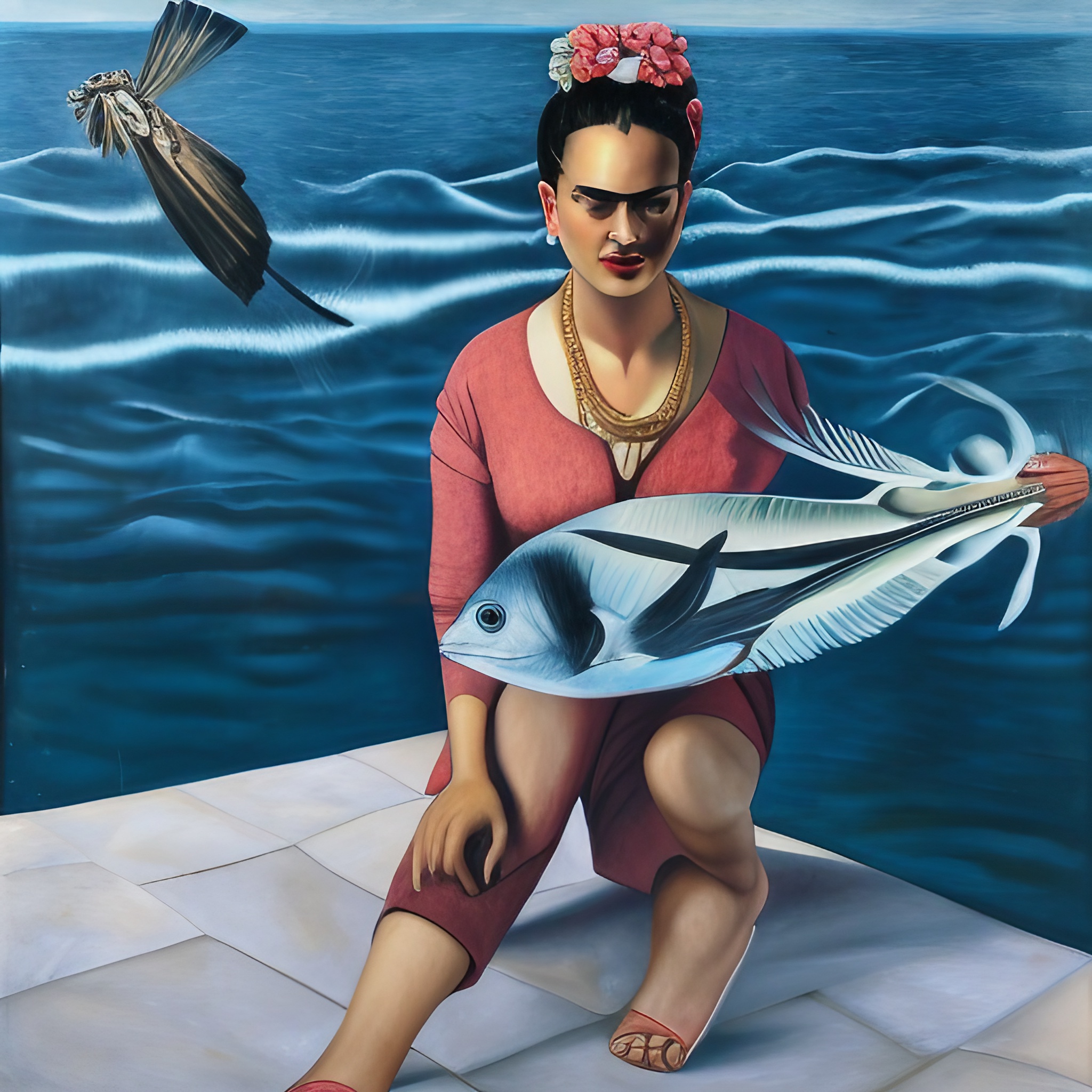
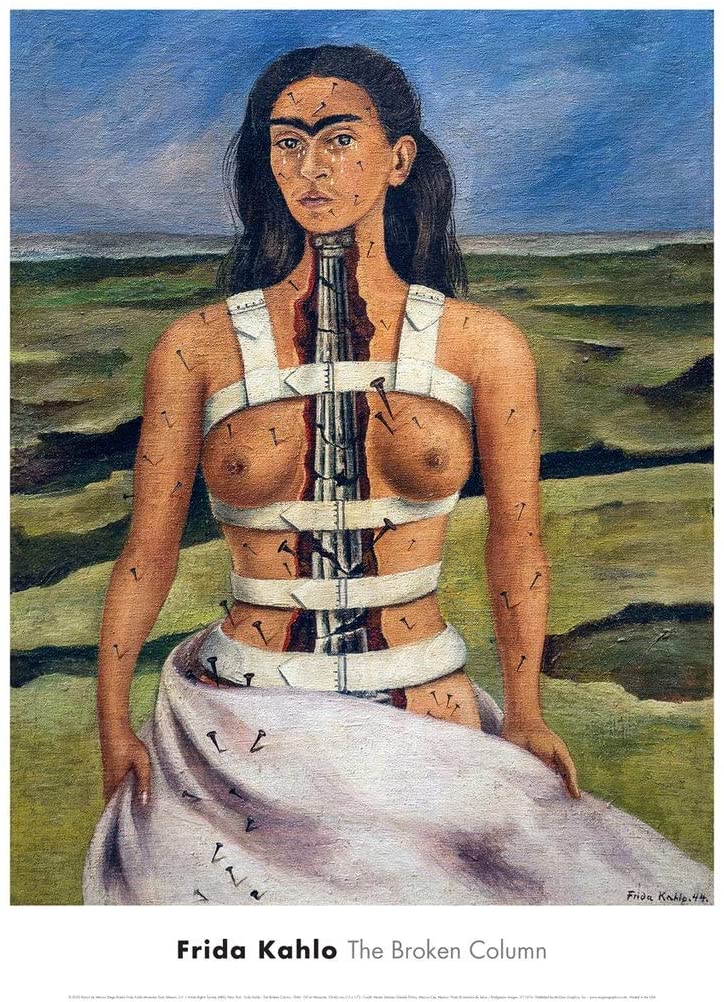
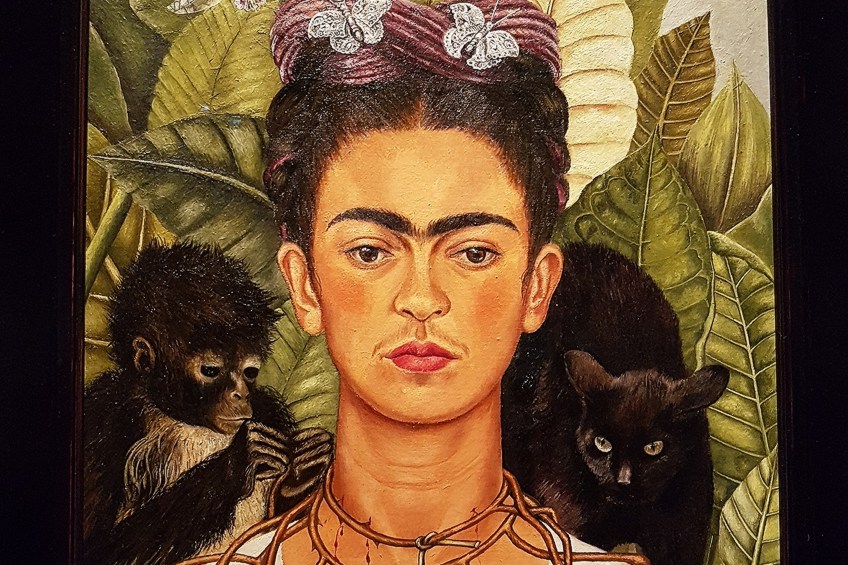
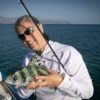
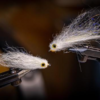


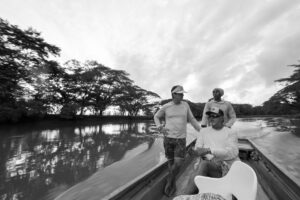

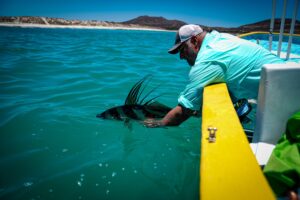
Leave a reply